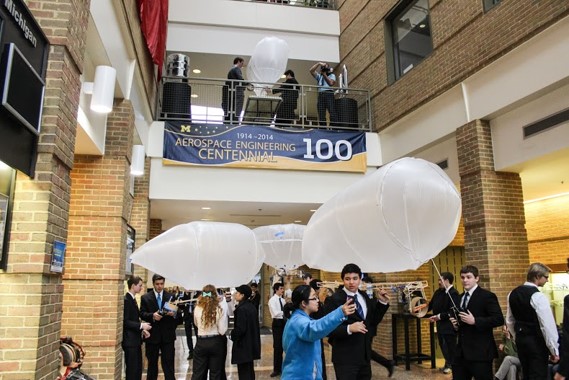Graduate School
Analysis and simulation - Matlab
Software - C
Coursework - Focus on Guidance, Navigation, and Control
Field work - High altitude balloon experiments

Sun Sensors
What is it?
A proper sun sensor can be cost prohibitive for a CubeSat mission, but an array of photodiodes can be used to similar effect and at a much lower cost point.
My role:
Adapt existing methods and implement an array of photodiodes on a high altitude balloon payload
Contributions
- Simulated sensor inputs in Matlab to determine the optimal geometry for an array of photodiodes. More below.
- Calibrated the as-built system to determine where each photodiode was pointed relative to expectations.
- Wrote flight software in C to combine the photodiode and magnetometer data and estimate the state of the vehicle.
The photodiodes were arranged in triads of three, with one board on each face of the vehicle. I iterated over possible geometries of the triad to determine what configuration would leave us with the fewest blind spots. The colorful plot below is the output of that experiment.
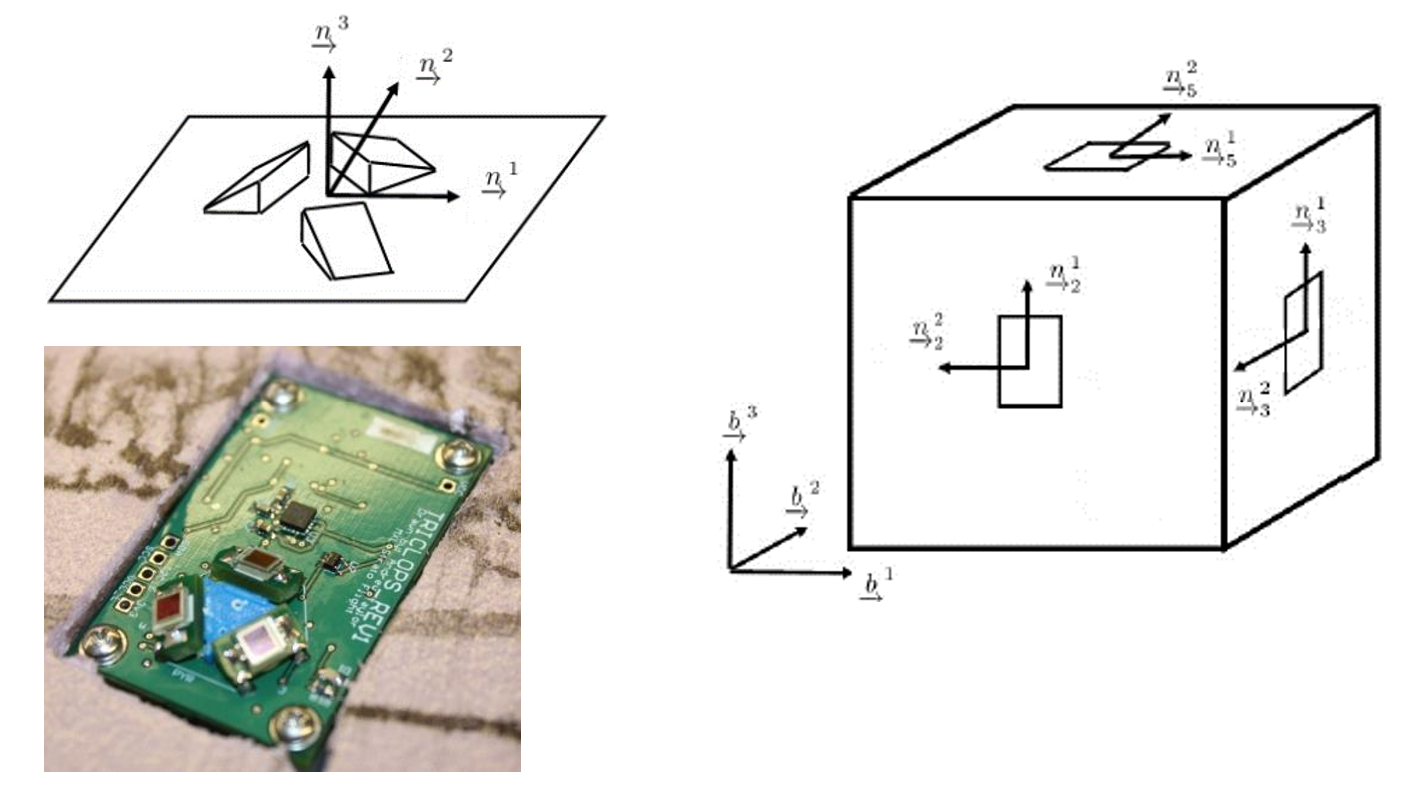

Real time playback of photodiode data from an actual balloon flight:
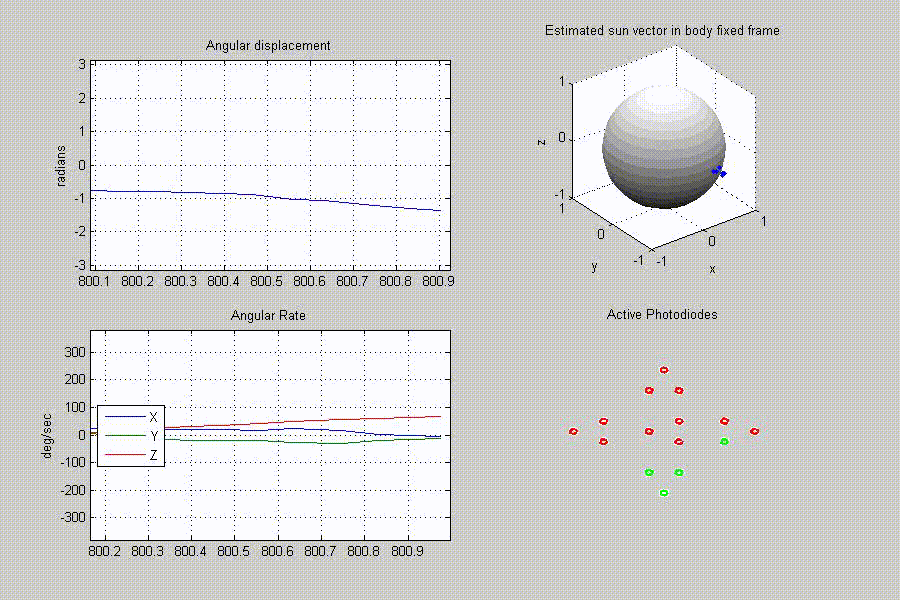
Inertial Measurements
What is this?
Inertial measurement units provide very useful information about spacecraft state, gyroscopes in particular are critical for precision pointing applications. Unfortunately, measurement quality of low cost COTS devices is seriously degraded from exposure to helium which can happen during purge operations inside a rocket fairing.
My role:
Trace changes in calibration over time and investigate methods to eliminate exposure concerns.
Contributions:
- Exposed various IMU units to helium atmospheres and tracked change in calibration parameters over time through controlled testing.
- Showed that encasing units in epoxy effectively sealed them off and provided an affordable way to seal off the sensor from the environment.
This work was summarized in this paper which won the best paper award at a regional AIAA student conference.
Here are a few of the tested units, a couple of which were clearly encases in epoxy.
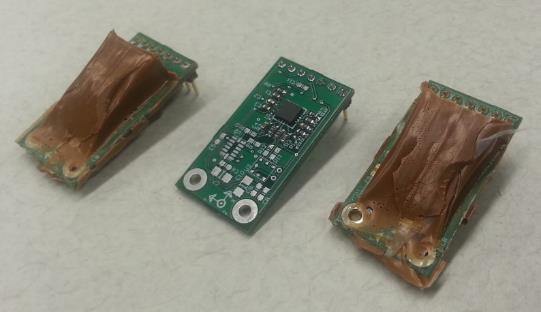
A resultant plot, generated in Matlab, showing the change in calibration of one of the units over time.
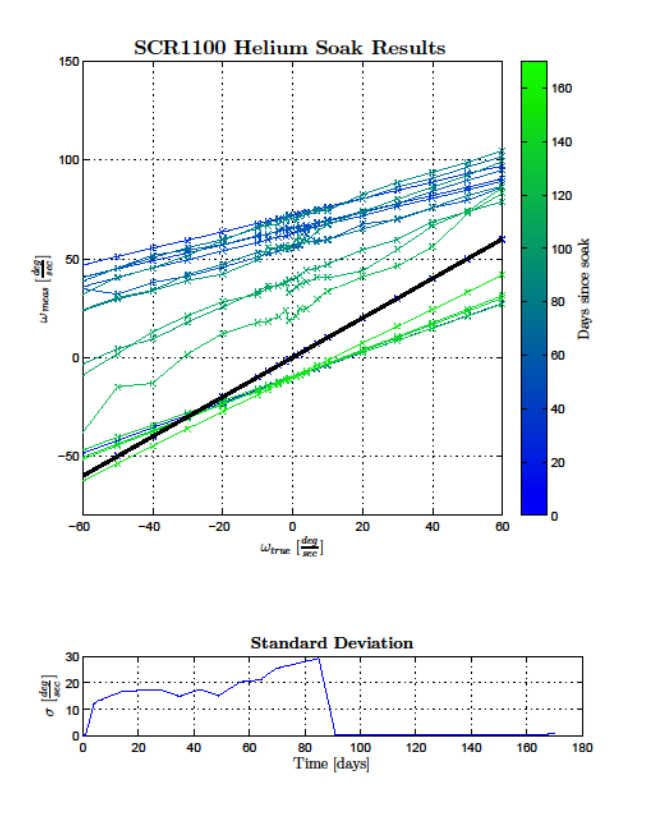
We also collected data on and studied other parameters such as Angular Random Walk and Allen Variance.
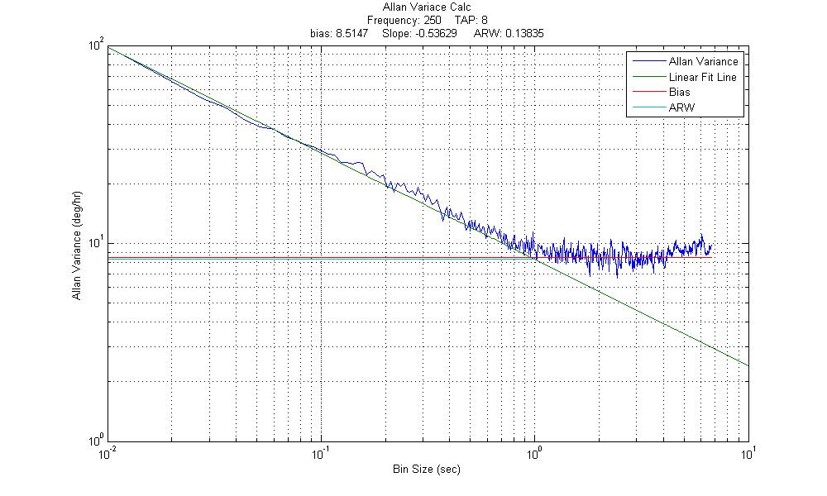
High Altitude Balloon Operations
What is it?
High altitude balloons provide a unique opportunity to access the upper reaches of the stratosphere on a budget. A large part of my graduate school experience was focused on pushing the envelope of what you could do with a high altitude balloon payload and participating in around a dozen launches and recoveries.
My role:
Operations manager
Contributions:
- Handled the logistics of procuring necessary supplies and getting the team into the field.
- Compiled post-flight data reports like this one to document the outcome of the flight.
Some pictures:
Windy launches always provided some interesting challenges. This is the view of launch operations from a payload camera.

The view from above is hard to beat though.

A typical payload train just after launch.

Recovery could be quite the adventure, we landed in trees, power lines, on one memorable occasion a prison, and that ever present reality in southern Michigan, corn fields.
"It was hot, it was humid, it was awfully green, but we found it" - A member of the recovery team.
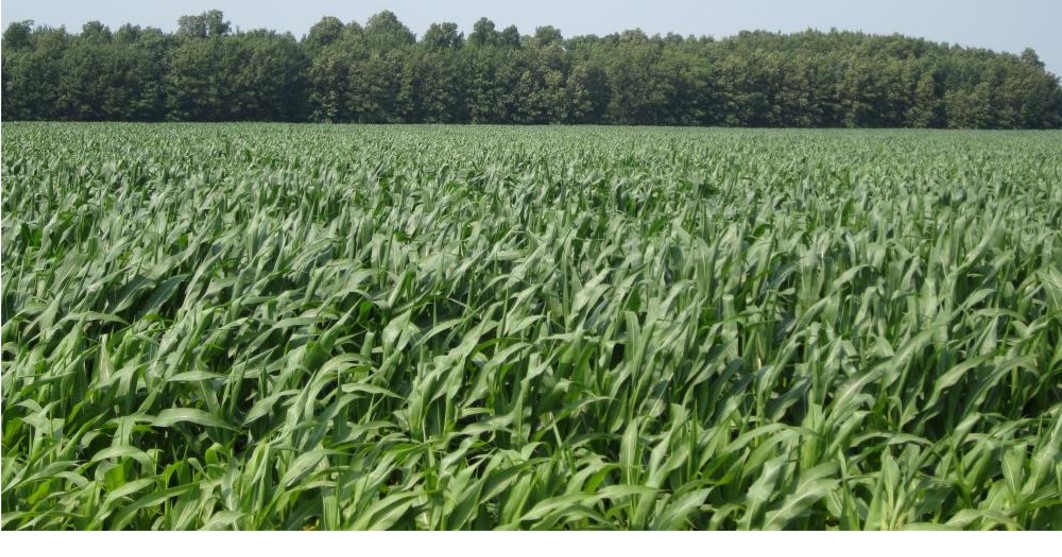
Teaching
What is it:
The "Blimp Lab" was a freshman level course that taught students the basic tenants of aerospace design. In the first half of the semester they went though individual laboratory lessons on topics like, thrust, electronics, and structures. In the second half they separated into teams and built functional blimps from scratch including cutting gores from plastic sheet and welding it together to make helium envelopes, building their own structures, and programing microcontrollers.
My role:
Graduate Student Instructor
Contirbutions:
Generally oversee the lab, help out students, and teach occasional lessons. It was good fun!
